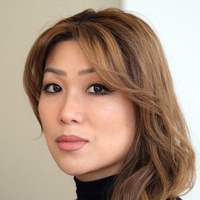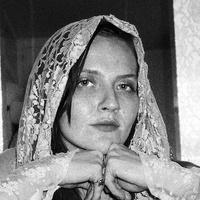On making a living and making a life
Prelude
Marc Horowitz is a Los Angeles-based artist with a multifaceted practice that spans performance, video, painting, and installation. Both postmodern and post-internet, Horowitz’s work flattens the hierarchies of culture, politics, information, and history, creating a diverse but singular visual universe. He is the creator of Worst Case Decision, an expansive project that subverts the relationship between art, entertainment, and commerce.
Conversation
On making a living and making a life
Visual artist Marc Horowitz discusses the value of multitasking, finding clarity through sobriety, and why it's beneficial to stop thinking of your creative practice as a competition.
As told to Lindsay Howard, 1735 words.
Tags: Art, Process, Success, Failure, Education, Mental health, Money.
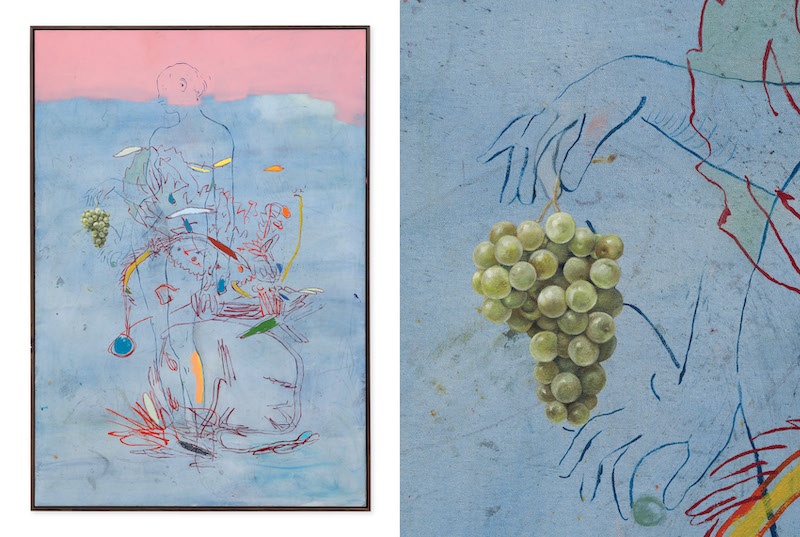
Difficulty and leaves, 2015. Oil stick, charcoal, oil, crayon, pencil. 65 x 45 inches.
What’s the first thing you do when you enter your studio? How do you approach a new project?
The first thing I do is turn on my espresso maker. It’s a Rancilio Silvia that I’ve taken apart and reassembled so many times. I’m in love with it. After making coffee, I turn on the computer and horse around with whatever tabs I have open from the day before. My friend turned me onto One Tab, an extension that compiles and exports tabs as a list of URLs. I’ve been saving a bunch of research threads that I hope to return to at some point. I get pulled in a million different directions every day and this helps me keep track.
I also go through my notebook to review the things I’ve been writing about and working on lately, which helps me ground myself. I’ll bounce around in an artist book for a few minutes. I’ll meditate on the couch to clear my head. I’ll bring pastries for my collaborators in the studio, and then we discuss whatever’s on our minds.
Recently, we’ve been exploring the meaning of “worst” as a concept. We’re asking ourselves questions like: Instead of aiming to be the best, what would it look like if our ambition was to be the worst? It’s a pretty freeing idea, creatively. It takes the pressure off making something perfect and gives us a playground for debate, creating things, and just having fun.
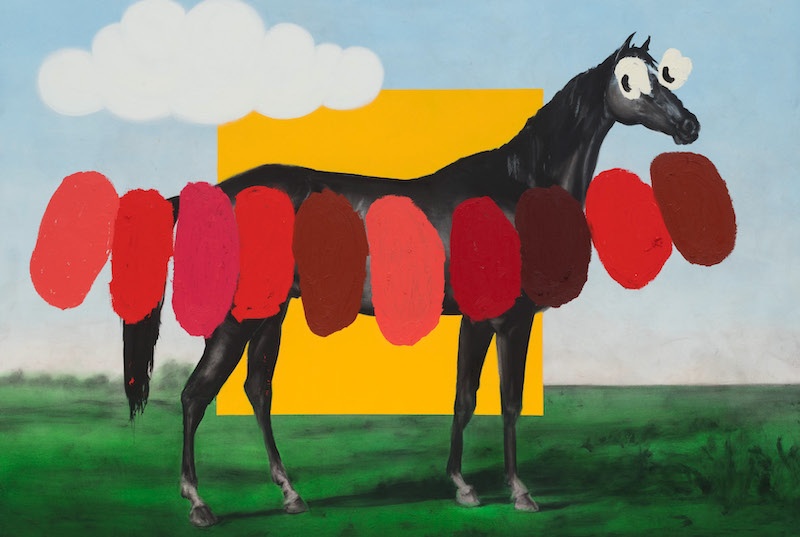
The secrets of happiness, death, love, 2017. Oil, oil stick. 60 x 84 inches.
How do those ideas relate to the way you think about your own practice? As far as your creative work is concerned, how do you define success versus failure?
I spent a lot of my early career obsessed with that question, and have come to the conclusion that I’ll never be a complete “success” or “failure” as an artist. I can be either, both, or somewhere in between, depending on the circumstances. I started to feel better when I stopped treating my art practice like a competition and instead shifted into spending more time teaching, mentoring, and supporting other artists. It’s mutually beneficial, of course; we all help each other in different ways.
What does it look like when you offer support to other artists?
I’m often on the phone with artists and former students, talking through different ideas and offering advice. I like doing studio visits. I write letters of recommendation. I attend gallery openings. I do my best to show up for people whenever I can.
There was a distinct moment in my career when I decided to balance my personal ambitions with support for others. Once I started doing that, I became much more accepting and free within my own work. It’s a beautiful thing.
What is something you wish someone told you when you began to make art?
People told me a lot of things, but I assumed I knew better and didn’t listen to them. I fell into a destructive, self-pitying cycle that landed me in some dark places. Looking back, I can see that I got stuck because I was comparing my creative work to others and living in constant fear that I wasn’t good enough. I’ve been in recovery for about four years now, and it’s made me a much happier person and a better artist as a result.
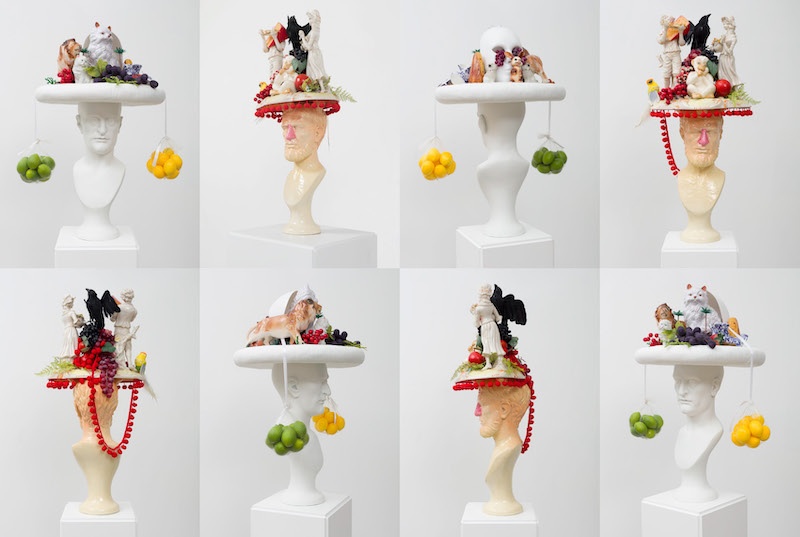
disposable simulacra, 2017. Plaster, epoxy, resin, various porcelain figurines, plastic, spray paint, fake fruits. 29 x 18.50 x 17 inches. How was your journey?, 2017. Resin, epoxy, spray paint, oil, felt baubles, various fake fruits, fake birds, fake fern. 34 x 17 x 17 inches.
Congratulations on your sobriety; that’s a huge accomplishment. What advice would you have for other artists who are in a similar position right now?
There’s a whole narrative that glamorizes the “crazy” artist. Once I broke out of that mindset, I found that prioritizing deep relationships with friends and family better served my mental health.
My advice to others would be to seek out self-love first, and then find the communities that offer genuine support. I had to figure out how to let go of the things that weren’t working, slow down, meditate, and clear my mind.
When you’re creating work now, does your mind need to be quiet or activated?
I need to feel quiet internally, and have chaos surrounding me. Lately, I’ve been playing loud music, constructing a physical painting, digitally photographing it, and then manipulating that with found and classical imagery. I’ll print that image then paint over it. The final piece is a composite of traditional artwork and contemporary digital painting. I’m enjoying playing with old and new mediums interchangeably, and pulling the best qualities from each.
How do you know when a project is done?
It feels most natural to have a lot of projects in motion simultaneously. I need the freedom to initiate and abandon a variety of works, be it a painting, performance, video, or even a book project. If I come back to a piece that doesn’t resonate anymore, I might toss it out completely or turn it into “studio mud,” where it gets broken down and becomes material for something else. I know when something’s done because it clicks and just feels right.
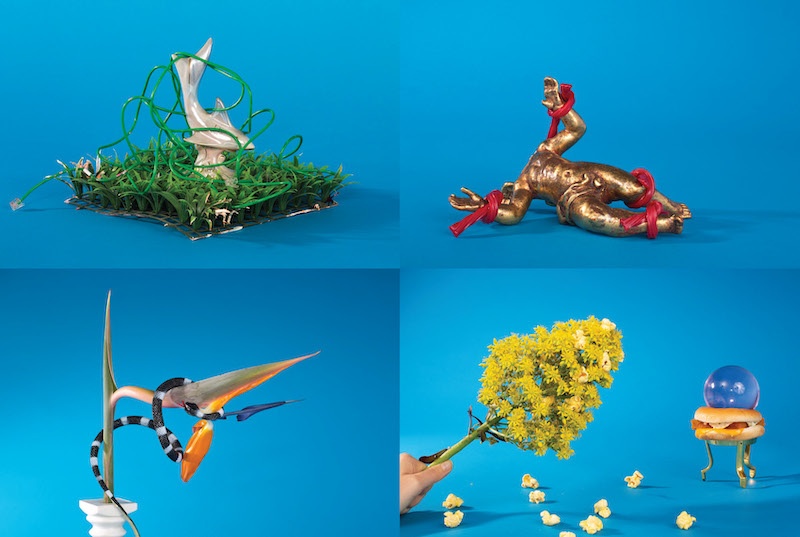
(from top left to bottom right) don’t start with me, discrepancy is the better part of valor, curiosity killed the cat, the happy wanderer, Digital C-Prints. 48 x 72 inches. 2014.
Aside from money, what are the rewards of your creative practice? What do you get out of this work and what has it taught you about yourself?
People used to tell me, “Just be yourself!” It was so frustrating because I had no idea what that meant—and that was the biggest problem. When I look back at my early performance works, especially the ones where I carried out directions from massive audiences, I can see that I was attempting to crowdsource an understanding of myself. I was deeply conflicted for a long time. It took growing up, and eventually starting a family, to accept my uncertainties as part of who I am.
I’ve realized that I can control what I create, how I interact with people, and the ideas I choose to pursue, but I don’t have any control over their outcome.
Do you treat your art practice like a business? How did you figure out how to make a living through your creative work?
I started out in business school, where I got a taste for capitalism during the first .com boom in the late 90s. When I realized I wanted to shift into art, I went to a lecture by Christo and Jeanne-Claude at the San José Museum of Art. After they presented, there was an opportunity for audience members to ask questions, so I got on the mic and said: “I’m just getting started as an artist, and I have to ask you: how did you find the funds to be able to cover islands with fabric?” Christo leaned into the mic and said, “We sell our drawings.” Then they took the mic away from me, and moved onto the next question. I stood there completely dumbfounded.
No one gives you a playbook for how to make a living as an artist. If they do, you’ll have to shred it and write your own version, anyway.
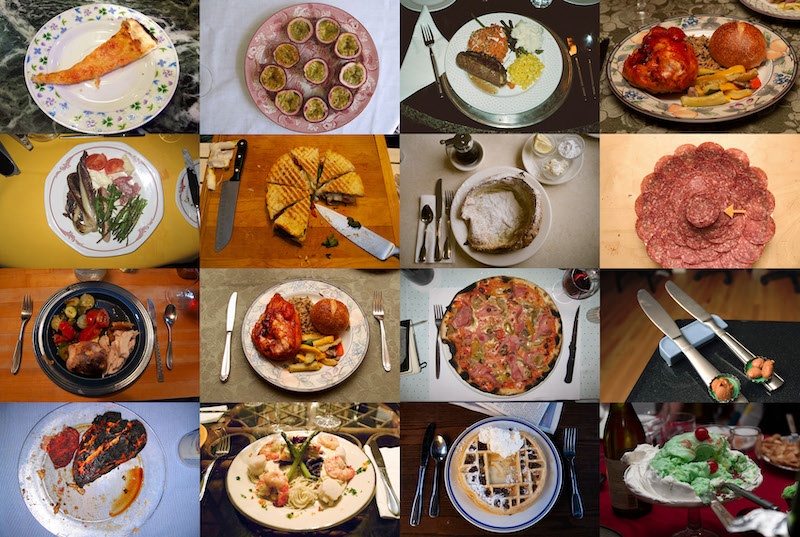
National Dinner Tour, 2004 - 2005. Multimedia. Media Performance. Note: This was a pivotal project for me. While on a photoset working for Crate & Barrel, I wrote ‘dinner w/ marc 510-872-7326’ on a dry-erase board featured in a desk product shot. The catalog containing my dinner invitation was printed and sent to millions of people. The project became a viral media sensation and I received tens of thousands of calls from people wanting to dine with me. I traveled the US for a year having dinner with strangers.
What skills did you learn in business school that you apply to your art practice?
Pay your taxes on time. Find an accountant. Keep on top of your bills. Get credit cards, put $20 on each one, and pay them off every month. Build your credit so that when you go to apply for an artist studio and apartment, you have something to show for yourself.
The most important thing is to make sure that things are sized correctly. Don’t overextend. It might look like other artists have bigger studios, bigger galleries, and all of that, but it has nothing to do with their bank account and everything to do with internal politics and personal connections. Always keep a financial cushion for yourself, whether that’s $50 or $5,000.
What brings you the most joy in your creative practice?
I feel grateful that I get to wake up every morning, turn on my espresso machine inside of a studio space that I built with a few friends, and make art. I feel blessed to be able to go back and forth between creating art and supporting my wife and son throughout the day.
Everything else is a bonus. I make videos and paintings. I test out ideas and collaborate with people who are just as weird as I am. Of course, I also have bad days—if you would’ve asked me this question yesterday, I might have complained about how everything feels like a grind because my son didn’t sleep well, my cluster headaches are back, and I had some issues in the studio. I am often genuinely overwhelmed, but I find my way through it by choosing gratitude.
Marc Horowitz Recommends:
Altadena’s Unincorporated Quiet Prophet Espresso
Vintage digital cameras: coolpix s1000pj, Canon powershot S400 & SD600, Canon G12, Sony VX2100, canon XL2
Montana
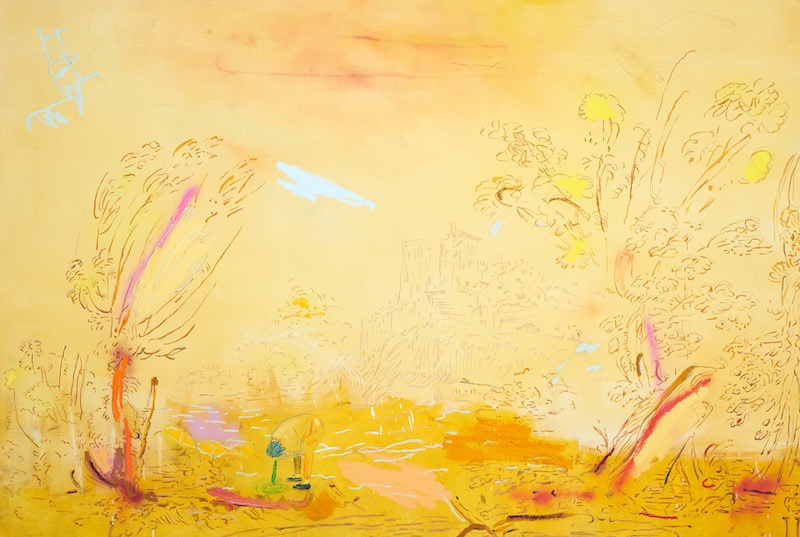
He sees a picture on the floor, 2015. Acrylic spray paint, oil stick, oil. 60 x 84 inches.
- Name
- Marc Horowitz
- Vocation
- visual artist
Some Things
Pagination
